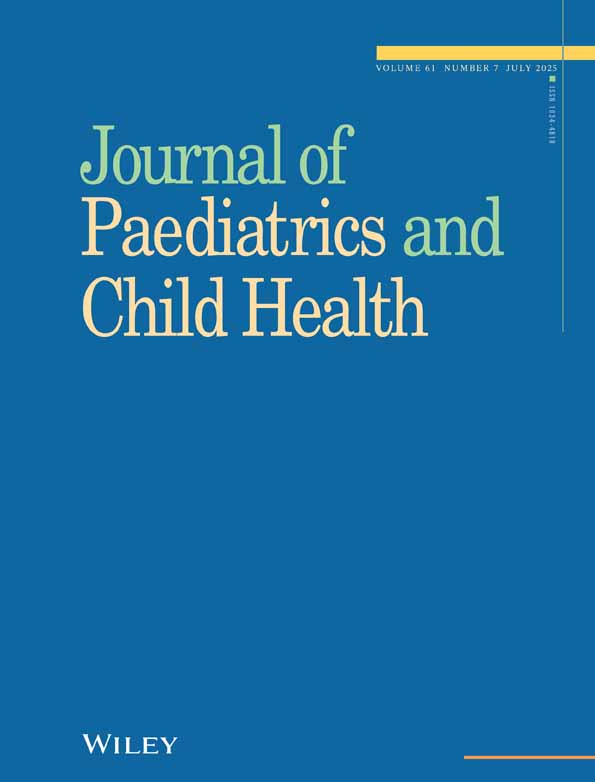The sleep patterns of infants and young children with gastro-oesophageal reflux
Abstract
Objective:
Sleep disturbance in gastro-oesophageal reflux disease (GORD) in infants and young children has not been systematically studied nor has this manifestation been compared with population norms.
Methods:
Sleep patterns of 102 infants and children aged 1 to 36 months with and without GORD, defined by pH monitoring, were analysed using the same questionnaire as in recent studies of normal sleep behaviour in this age range. Main outcome measures included time taken to settle at night, the number of night time wakenings requiring parental intervention, day time sleep patterns and parents problems with their childs’ sleep behaviour.
Results:
Compared with the population norms (n=3102), those with GORD (n=76) had greater prevalence of night time waking >3/night (50% vs 13% aged 3–12 months; 60% vs 10% aged 12–24 months, P<0.001), requirement of parental intervention (82% vs 55% aged 3–12 months, P<0.05; 92% vs 55% aged 12–24 months, P<0.001), significantly delayed onset of sleeping through the night, and greater prevalence of daytime sleep beyond 24 months. Similar but less striking differences were seen comparing those with (n=76) and without GORD (n=26).
Conclusions:
Sleep interruption occurs more frequently in infants and children with GORD than population norms. Objective evaluation of infants and children with sleep disturbance after the age of 3 months may avoid unnecessary over or under diagnosis of GORD. Systematic investigation of the contribution of GORD to sleep disturbance in infants and young children is warranted.




